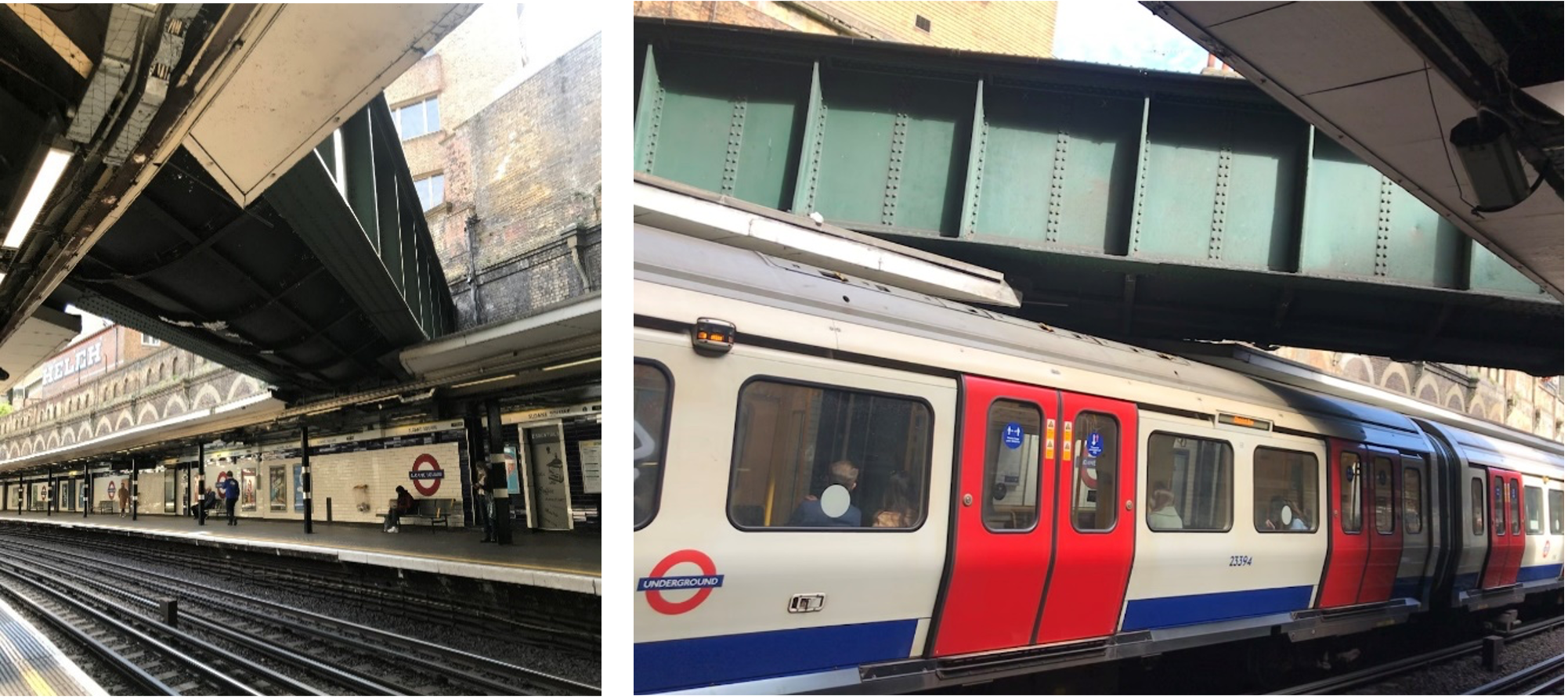
A journey along the River Westbourne
Rivers Trust Ambassador, Kieran Bird, shares his fascination with the River Westbourne.
04/10/21
Why the River Westbourne?
The River Westbourne has a very interesting journey as it flows towards the River Thames. I first heard about the Westbourne in Jeremy Purseglove’s book: ‘Taming the flood’ and wanted to share the river’s fascinating stories with you!
From source to Thames
The River Westbourne is a small tributary to the Thames. The river flows south from Hampstead, towards Kilburn and then flows towards Hyde Park, as I have (roughly) drawn out below. The Serpentine within Hyde park was originally created by damming the river Westbourne and a tributary in 1730. However, the river Westbourne was a convenient sewer, which polluted this idyllic royal park water feature. Just over 100 years later it stopped supplying water to the Serpentine because it was regarded as too polluted due to the sewage and wastewater. Let's hope it is not still used as a sewer today!

Flowing through the capital
Following the path of the river in urban areas can be pretty difficult, as it often is hidden away in pipes under the ground. In the middle of the dashed route of the river Westbourne I have added an underground station logo, to mark the location of Sloane Square. I learnt from reading the book ‘Taming the flood’ that you can catch a glimpse of the culverted River Westbourne from the platform at Sloane Square underground station.
I found it hard to believe that a river flows above the platform at Sloane Square, particularly as I used to go past this station everyday and had never noticed. So had to go and see it myself. Here are some photos I took, what looks like a small pedestrian walkway, actually contains the flow of the River Westbourne.

Rivers hidden beneath our feet
Putting our rivers in pipes is common practice in urban areas. It allows development on the floodplain and where the river channel would have been, as you can see with this tube line. Sadly this limits the great habitat for plants and animals that rivers can provide.
Culverts can sometimes be opened to the surface, in green spaces in a process called daylighting. An example of this that Thames21 helped to develop is Broomfield park. This created wetlands which helps reduce flood risk and improve water quality, as well as being a fantastic place for the local community. There is a great podcast on Broomfield park, available in episode 8: Why Wetlands? of Rambling about Rivers, produced by The Rivers Trust.
So next time you are walking through your city centre have a think about what water may be flowing right beneath your feet.
- Kieran Bird
